Meta Ads Manager stands as a strong force in today’s connected digital landscape, offering worldwide reach across all social media plate-forms. The ability to smoothly run paid ads through this platform is a crucial skill.
For encouraging freelancers and businesses alike, understanding and mastering Meta Ad Manager isn’t just a benefit – it’s a necessity to unlock significant earning potential and achieve strong marketing results.
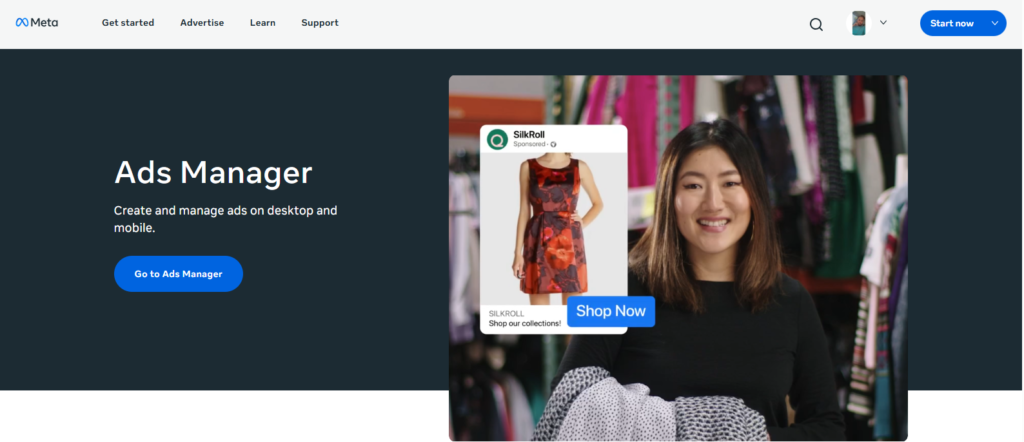
This comprehensive guide will reach into the complications of Meta Ads Manager, explore its features, best practices for optimization, and importantly, how you can benefit from this powerful tool to build a freelance career. Our goal is to provide a detailed roadmap, ensuring you find success again in the world of social media advertising.
What exactly is Meta Ads Manager?
It is a platform for making, managing, and running campaigns across the entire family of applications and services provided by Meta (formerly Facebook). Think of it as your command center for all things paid social.
From setting campaign objectives to defining audience targeting, uploading attractive ad creatives, and monitoring performance in real-time,It offers a comprehensive set of tools designed to maximize your advertising impact.
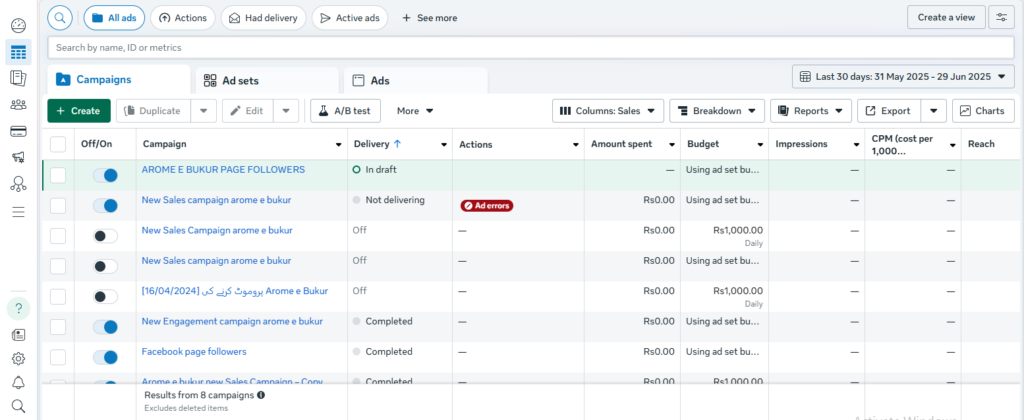
This allows you to divide your efforts into a clear hierarchy:
Campaigns:
This is the top level, where you define your primary marketing objective (e.g., brand awareness, traffic, leads, sales, engagement, app promotion).
Ad sets:
Within each campaign, ad sets allow you to target audience, budget, schedule, placement. Same campaign can consist of multiple ads, each targeting a different audience or with a different budget.
Ads:
These are the actual creative units—your images, videos, carousel ads, or a combination—along with your ad copy and shop button.
The power of Meta Ad Manager lies in its targeting abilities, leveraging Meta’s vast user data to help advertisers reach their ideal customers with amazing accuracy.

Meta is continuously developing updates and new features, making learning and adaptation necessary for everyone working with Ads Manager.
Key Features and Benefits of Meta Ads Manager for Businesses
Businesses of all sizes, from local shops to worldwide enterprises, depend on Meta Ads Manager to attach with their audiences. Here’s why it’s so important:
Advanced Audience Targeting:
This is the most dominant feature of Meta Ad Manager. You can target users based on demographics (age, gender, location, language), interests (hobbies, likes, pages followed), behavior (purchase history, device usage), and connections.
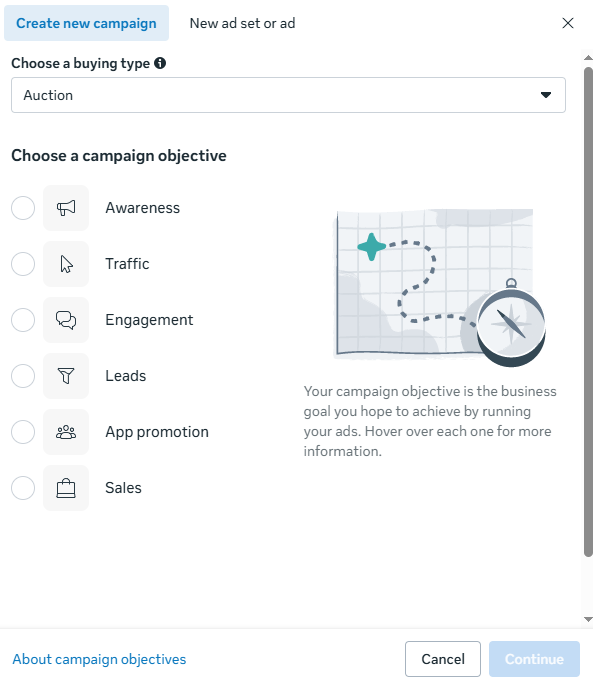
Custom Audiences:
Retarget customers who have already interacted with your business (e.g., website visitors, customer lists, Facebook page engagements).
Lookalike Audiences:
Multiply your reach by finding new customers who share similar characteristics to your existing best customers or website visitors. This widens your potential customer base with highly significant individuals.
Diverse campaign objectives:
Meta Ad Manager offers a range of objectives affiliated with different business objectives. Whether you want to grow brand visibility, increase traffic to your website, generate leads, boost app installs.
Or want to increase sales, there’s a goal to suit your requirement. This planned approach ensures that your campaigns are built with a clear purpose from the start.
Robust reporting and analytics:
Tracking performance is utmost, and Meta Ad Manager provides comprehensive visions. You can see metrics like reach, impressions, click through rate (CTR), cost-per-click (CPC), conversion rate, and return on ad spend (ROAS).

These detailed reports allow you to understand what is working, identify areas for improvement, and optimize your campaigns for better results. The ability to modify and export these reports is helpful for client communications.
Flexible budgets and schedules:
You have great control over your ad spend within Meta Ads Manager. You can set daily or lifetime budgets, choose from a variety of will strategies (e.g., lowest cost, cost range, bid limit), and schedule your ads to run at specific times or continuously.

This elasticity enables businesses to successfully manage their resources and maximize their returns.
Creative Freedom and Ad Formats:
Meta Ads Manager supports a wide collection of ad formats, containing single images, videos, carousels, collections, and stories/reels ads. These types permit advertisers to showcase their products or services in attractive ways, outfitting to different content intake preferences across Meta’s platforms.
Leveraging attractive visuals and convincing ad copy is essential to success within Meta Ads Manager.
A/B testing capabilities:
To accurately optimize campaigns, A/B testing is essential. Meta Ad Manager lets you test different forms of your ads (e.g., different creatives, headlines, calls to action, or audience) to see which performs finest. This data-driven method helps you improve your tactics and improve the overall efficiency of your campaign.
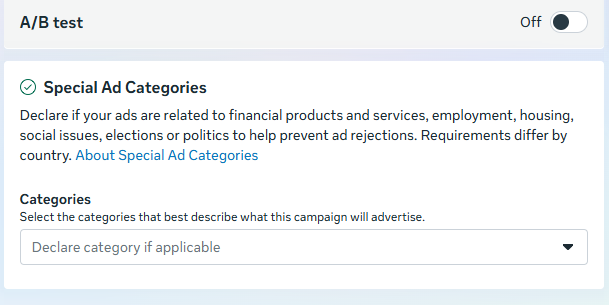
Become a Freelancer with Meta Ads Manager
The demand for skilled Meta Ad Manager experts is increase rapidly. Businesses, particularly small to medium-sized businesses, often lack the in-house expertise or time to well manage their Meta Ads. This presents a major opportunity for freelancers. Here is a step-by-step guidance to earning money with Meta Ad Manager as a freelancer:
Master the platform:
Before you can offer your services, you need to become expert in Meta Ads Manager. This includes understanding every characteristic discussed above: campaign objectives, audience targeting, ad formats, pixel setup, tracking, and reporting. Use Meta’s official Blueprint courses and certifications, online tutorials, and hands-on experience.

The more experience you gain with Meta Ad Manager, the more self-confident and skillful you will become.
Understand your niche:
While Meta Ads Manager is multipurpose, knowledge can give you an edge. Do you want to focus on e-commerce, lead generation for service-based businesses, local marketing, or a specific industry like real estate or fitness? Considerate a specific niche allows you to tailor your services and marketing to a specific client base.
Build a portfolio:
Even if you haven’t done paid client work yet, create case studies. Run your own campaigns, or offer work for friends or nonprofits to build a track record. File your results, highlighting key metrics like ROAS, lead generation, or increased website traffic.

A strong portfolio showcasing your success with Manager is your strongest selling point.
Set up your business infrastructure:
This includes creating a specialized website or portfolio, setting up communication medium (email, project management tools), and defining your pricing model (hourly, project-based, or performance-based). When working with Meta Ads Manager, clear statement with clients about their goals and expectations is impotant.
Find your first clients:
Freelance platforms:
Websites like Upwork, Fiverr, and Freelancer.com are great initiating points for finding clients who need Meta Ad Manager skills. Create a great profile that highlights your skills and showcases your portfolio.
Networking:
Attend local business events, join online communities for entrepreneurs, and take advantage of LinkedIn. Many businesses discover new service providers through referrals.

Cold outreach:
Identify businesses in your location that could benefit from Meta Ads and reach out to them with a personalized pitch that shows how you can help them achieve their goals using Meta Ads Manager.
Content Marketing:
Create blog posts, videos, or social media content sharing your insights and expertise on Meta Ad Manager and digital advertising. This positions you as an authority and attracts potential customers.
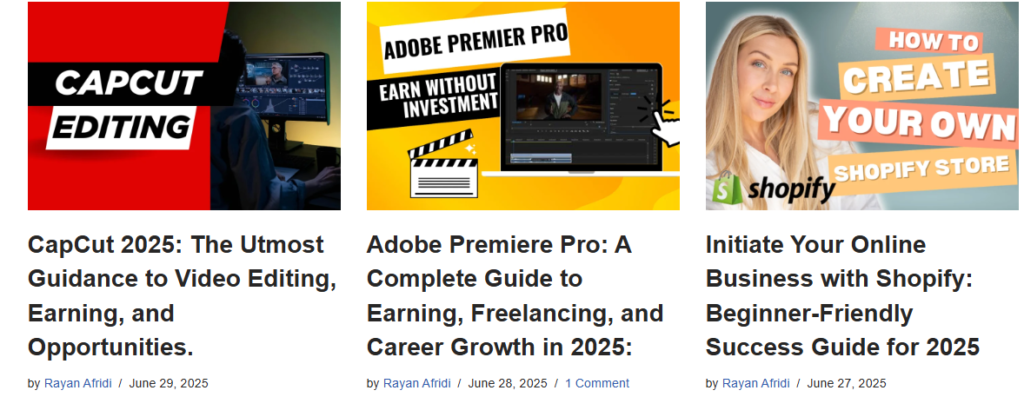
Client onboarding and strategy:
Once you land a client, conduct a thorough discovery call to understand their business, target audience, and marketing objectives. Based on this, develop a complete Meta Ad Manager tactic. This includes suggesting campaign purposes, audience targeting, ad creative ideas, budget division, and a timeline.
Campaign Management and Optimization:
This is where your Meta Ad Manager skills really shine.
You’ll be responsible for:
Campaign Setup:
Carefully shaping campaigns, ad sets, and ads within Meta Ads Manager.
Creative Development:
Collaborating on creating persuasive ad copy and visuals.
Performance Monitoring:
Regularly checking key metrics in Meta Ads Manager and classifying trends.

Optimization:
Continuously purifying targeting, adjusting bids, testing new creatives, and making data-driven decisions to advance campaign performance and ROI. This ongoing optimization within Meta Ads Manager is what delivers actual value.
Budget Management:
Ensuring that advertising spend stays within the client’s assigned budget while determined to reach maximum results.
Reporting and Communication:
Provide your clients with regular, clear reports on campaign performance. Focus on the metrics that matter most to their business objectives. Explain your optimizations and validate the value you are delivering by managing their Meta Ads Manager campaigns.

Building solid client relationships through clear communication is just as important as practical expertise in Meta Ads Manager.
Continuous Learning:
The digital advertising setting changes rapidly. Stay up to date on the latest features, procedure changes, and best performs within Meta Ads Manager. Follow industry blogs, attend webinars, and experiment with new tools.

This commitment to continuous learning will ensure that you remain a valuable asset to your clients, always taking advantage of the latest developments in Meta Ads Manager.
Optimizing Meta Ads Manager Campaigns for Maximum ROI:
The ultimate goal for any campaign run through Meta Ads Manager is to achieve a higher return on ad spend (ROAS). Here are proven strategies for optimization:
Clear objectives and measurement:
Start every campaign in Meta Ads Manager with a clear objective. Is your goal brand awareness, website traffic, leads, or sales? Make sure your Meta Pixel (or Conversions API) is properly installed on the client’s website to accurately track conversions, which is crucial for optimizing campaigns within Meta Ads Manager.
Deeper audience understanding:
Go beyond basic demographics. Use Meta’s detailed targeting options, custom audiences, and lookalike audiences. Continuously refine your audience segments within Meta Ads Manager based on performance data. Test different audience sizes and combinations to find the sweet spot for your campaigns.

Great creative and copy:
Your ads are your storefront. Invest in high-quality visuals and persuasive ad copy that resonates with your target audience.
A/B test different ad creatives and headlines within Meta Ads Manager to identify what drives the most engagement and conversions. Short-form video content, especially for Reels, is a high-performing format.
Strategic bidding strategies and budget allocation:
Experiment with different bidding strategies in Meta Ads Manager (for example, lowest bid with bid cap or cost cap, if appropriate) to find the most cost-effective approach for your goals.

Allocate more budget to high-performing ad sets and campaigns. Leverage “Advantage + Campaign Budget” (formerly CBO) to allow Meta’s algorithm to efficiently allocate your budget across ad sets based on performance.
Leverage retargeting:
A significant portion of website visitors don’t convert on their first visit. Use Meta Ads Manager to create retargeting campaigns for people who have shown interest (e.g., viewed a product, added to cart but did not purchase). Dynamic product ads, which show specific products a user viewed, are highly effective for retargeting and increasing ROAS through Meta Ads Manager.
Embrace Automation and Advantage+ Features:

Meta is rapidly advancing its AI-powered “Advantage+” features. These include Advantage+ Creative, Advantage+ Audience, and Advantage+ Placements.
While manual control is still possible, testing these automated features within Meta Ads Manager can often lead to better performance as Meta’s algorithms learn and improve delivery.
Continuous testing and iteration:
The digital advertising landscape is constantly changing. Regular A/B testing of headlines, images, videos, calls to action, and audience segments is essential. Don’t “set and forget” your campaigns.
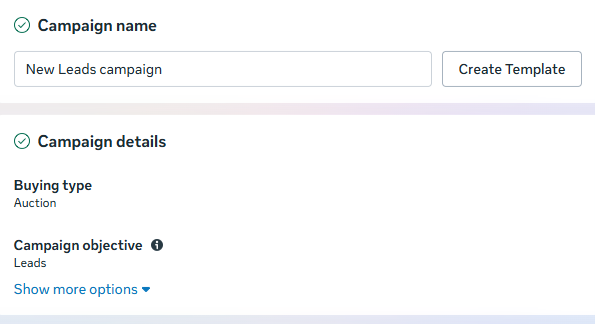
Continuously monitor performance in Meta Ads Manager, analyze data, and make iterative improvements. A minimum seven-day runtime for campaigns allows Meta’s system to effectively learn and improve.
Simplify your account structure:
For better performance and budget allocation, simplify your Meta Ads Manager account structure. Combine campaigns with the same objective and convert them into a single campaign with multiple ad sets. This reduces overlap and allows Meta to allocate budget to the ad sets with the best opportunity for low cost-per-action.
Focus on the post-click experience:
Your meta ad can be perfect, but if the landing page experience is poor, conversions will suffer. Make sure the landing page is mobile-friendly, loads quickly, and provides a clear path to conversion. This external factor directly impacts the effectiveness of your Meta Ads Manager campaigns.
The Future of Meta Ads Manager and Freelancing:
As we move into 2025 and beyond, Meta Ads Manager will continue to evolve with an increasing emphasis on AI, automation, and privacy. Freelancers who stay ahead of these trends will be in high demand.

AI and Machine Learning:
Meta’s AI is becoming even more sophisticated, offering better targeting, creative optimization, and bidding strategies. Understanding how to leverage these AI-powered tools within Meta Ads Manager will be key.
Privacy-Centric Advertising:
With ongoing changes in data privacy regulations, Meta Ads Manager is adapting. Familiarity with Meta’s privacy controls, the Conversions API, and ways to respect user privacy while still achieving effective targeting will be paramount.
Integrated experiences:
The lines between organic social media, messaging apps, and advertising are blurring. Meta Ads Manager will likely offer even more seamless integration across Facebook, Instagram, Messenger, and Threads, offering new opportunities for advertisers to reach and engage audiences.
Short-form video dominance:
Releasing remains a powerhouse for engagement. Mastering short-form video creation and optimizing it for performance within Meta Ads Manager will be a significant advantage.

User-Generated Content (UGC):
Leveraging authentic user-generated content in your ad creatives within Meta Ads Manager is proving to be extremely effective, as it builds trust and resonates more deeply with audiences.
Summary:
Meta Ads Manager is an incredibly powerful tool that provides opportunities for businesses and freelancers alike. By investing in mastering its features, continuously optimizing campaigns for ROI, and staying abreast of changing trends. You can build a successful and profitable career as a Meta Ads Manager expert. The demand is there, the tools are available – it’s time to seize the opportunity and help businesses grow through effective social media advertising.

Pingback: Social Media Manager: Unlocking a Thriving Career in 2025 - decodingskills.com